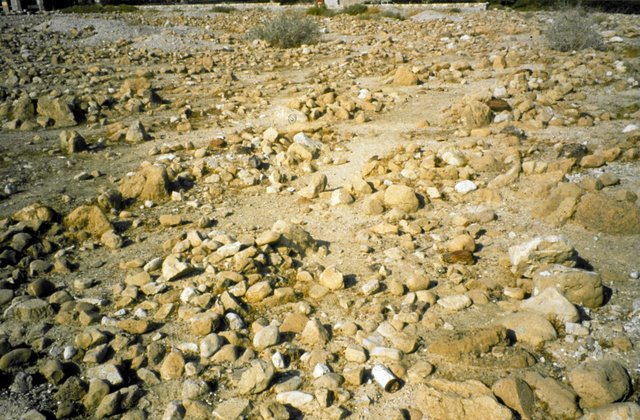by hadassah | Aug 21, 2016 | Excavation
Qumran Cave IV, Exterior Qumran Caves are a series of caves, some natural, some artificial, found around the archaeological site of Qumran in the Judean Dessert in the West Bank. It is in a number of these caves that the Dead Sea Scrolls were discovered. The...

by hadassah | Apr 11, 2016 | Excavation
A Conversation with Yigael Yadin Yigael Yadin discusses his roles as an archaeologist and as an Israeli general. What do you want to know? Ask our AI widget and get answers from this website Create Account Contact...
by hadassah | Jan 29, 2009 | Excavation, Maccabean Period
The Enigma of Qumran, Hershel Shanks, Biblical Archaeology Review (24:01), Jan/Feb 1998. Four archaeologists assess the site If you want to understand how archaeologists think, how they reason, how they work, how they interpret finds—and why they sometimes...

by hadassah | Jan 29, 2009 | Excavation
Excavation The Site Virtually all of the Dead Sea Scrolls research points to a connection between the ruins at Qumran and the scrolls found in the caves. This has been established by the correspondence between the dating of the scrolls and the dating of the...
by hadassah | Jan 29, 2009 | Excavation
What Was Qumran? Not a Country Villa, Jodi Magness, Biblical Archaeology Review (22:06), Nov/Dec 1996. Everyone wants to know who lived at Qumran, the settlement adjacent to the caves where the Dead Sea Scrolls were found. And sometimes it seems that everyone...
by hadassah | Jan 29, 2009 | Excavation
The Qumran Settlement—Monastery, Villa or Fortress? Hershel Shanks, Biblical Archaeology Review (19:03), May/Jun 1993. Not long after archaeologists confirmed the location of the cave where Bedouin shepherds had found the first of the Dead Sea Scrolls, an...

